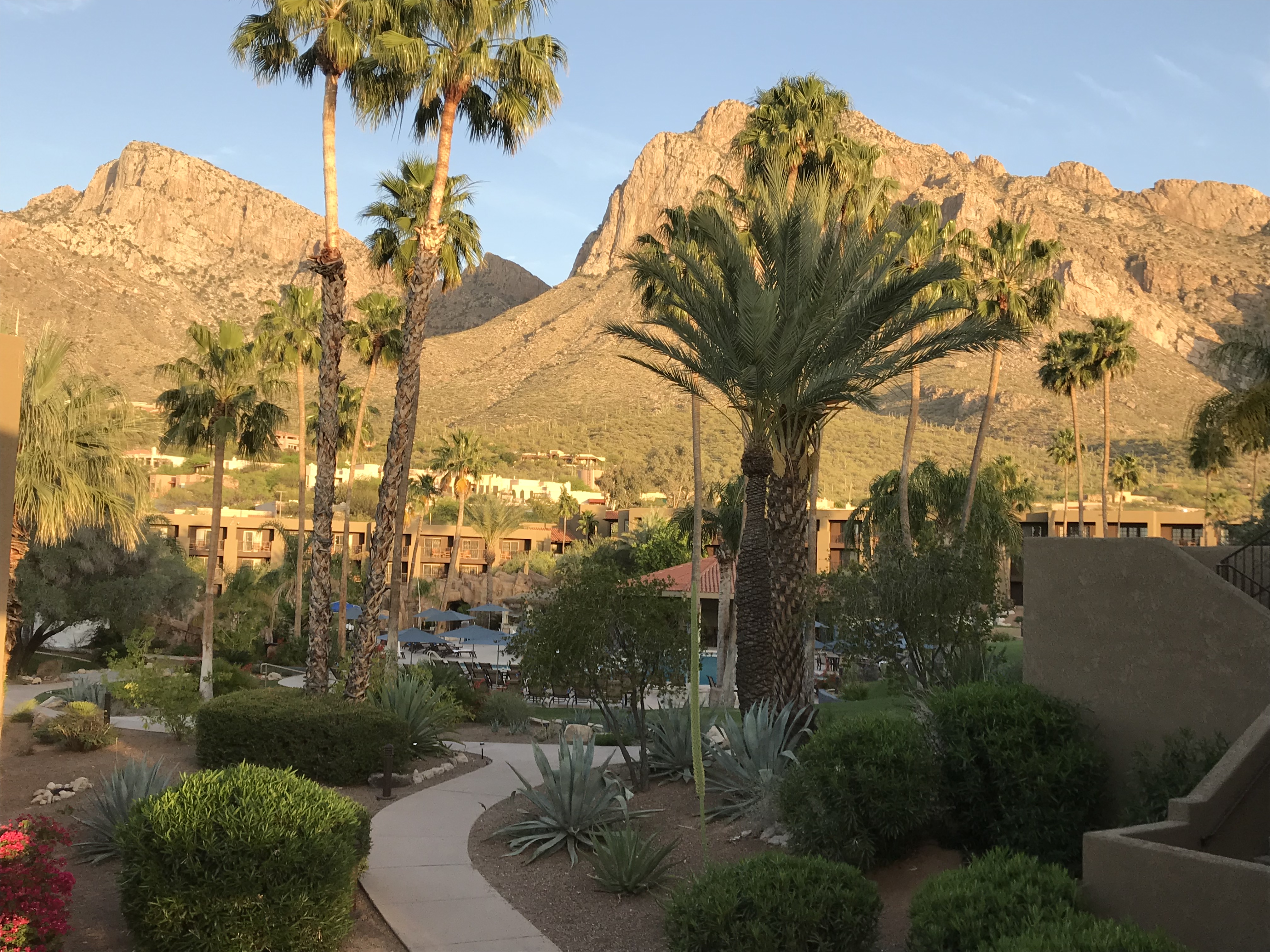I gave my first research talk at a ‘big’ international conference at the AOU meeting at Haverford College (Pennsylvania) in 1976. I talked about my work on Mexican hummingbirds and I was nervous, in part because Frank Gill—who was then doing great work on hummingbirds—was talking right before me. The chair of our session was some old guy with unruly grey hair. Though I really wanted to hear Frank’s talk, I was too busy thinking about what I was going to say to actually pay attention to his words. Until, that is, when he finished answering a couple of questions. As he was about to leave the stage, Frank said to the chair “Thanks, Ernst”. “OMG”, I thought [1], “that’s Ernst Mayr, and I may not survive this.”

I completed my presentation on autopilot, out of sheer terror. But Professor Mayr asked me a couple of excellent questions and thereby, very graciously, put me at ease and made my presentation seem like a success. I had been to a few AOU meetings before but that incident convinced me that I had found my academic home. It seemed that everyone from the most famous—Mayr and Gill—to the greenest student (me) could talk about birds in an environment characterized by the utmost harmony.
Indeed, that’s how someone [2] described the first AOU meeting, in a report in the Bulletin of the Nuttall Ornithological Club in 1883:
The session of the Convention occupied three days, and was marked throughout with the utmost harmony; at adjournment…hearty expressions of satisfaction with the results of the session were heard from all who had shared in its deliberations. The general good feeling rose to a degree of enthusiasm auguring well for the future work and prosperity of the Union, the organization of which, under such auspicious circumstances, cannot fail to mark an important era in the progress of ornithology in America. [3]
He was right, that first convention did augur well for the future work of the ‘Union’—and it has gone from strength to strength over the past 135 years. The AOU was the gifted child of the Nuttall Ornithological Club in 1883 and the proud parent (along with the Cooper Ornithological Society) of the American Ornithological Society (AOS) in 2016.

Today I am in Tucson waiting for the start of the 2nd annual AOS meeting. I am anticipating some great science, some reconnecting with old friends, and seeing some interesting birds. I am not really a birder and especially not a twitcher, so I will not make the trek to Madera Canyon to see the Elegant Trogon reported there last week. This morning though, I watched a pair of Verdins building a nest, and spent an hour in the midst of a dozen pairs of courting Great-tailed Grackles. I always prefer watching behaviour over searching for rarities. But I digress.
That first AOU meeting in 1883 was the result of a letter sent on 1 August 1883 by three officials [4] of the Nuttall Ornithological Club to 46 American and 2 Canadian ornithologists,
“DEAR SIR:—
You are cordially invited to attend a Convention of American Ornithologists, tiobe held in New York City, beginning on Seotember 26, 1883, for the ourpose of founding an AMERICAN ORNITHOLOGISTS UNION, upon a basis similar to that of the “British Ornithologists Union”…The object of the Union will be the promotion of social and scientific intercourse between American ornithologsts, and their cooperation in whatever may tend to the advancement of Ornithology in North America…” [3]
Twenty-one men attended the 3-day conference in the library if the American Museum of Natural History. They declared themselves to be founders of the AOU, along with Spencer Fullerton Baird and J A Allen who were unable to attend. Their first order of business was to establish a constitiution for the new society followed by the election of other ornigthologists—all men as far as I can tell—to various classes of membership: 21 Foreign, 20 Corresponding, and 81 Associate in addition to the 47 Active members that included the Founders.
They also established six committees that nicely reflected 5 of the major ornithological interests of the day: Classification of North American Birds, Migration, Avian Anatomy, Oölogy, and Faunal Areas. The sixth committee was charged “to investigate the eligibilibity or ineligibility of the European House Sparrow in North America”. I do not know what that sixth committee eventually decided, but it is clear from events over the next century that the House Sparrow did not care.
SOURCES
- Anonymous (1883) The American Ornithologists’ Union. Bulletin of the Nuttall Ornithological Club 8: 221-226
Footnotes
1. OMG: I did not, of course, think that in 1976, as it did not enter the slang lexicon for another 20 years
2. someone described that first AOU meeting: see Anonymous (1883); normally i would have assumed it was the editor of the journal but that was J A Allen who was ill and could not attend the meeting
3. quotations from Anonymous (1883)
4, three Nuttall Club officials: were J A Allen (editor of the Nuttall Bulletin), Elliott Coues (associate editor) and William Brewster (President of the Nuttall Club)
COMMENTS